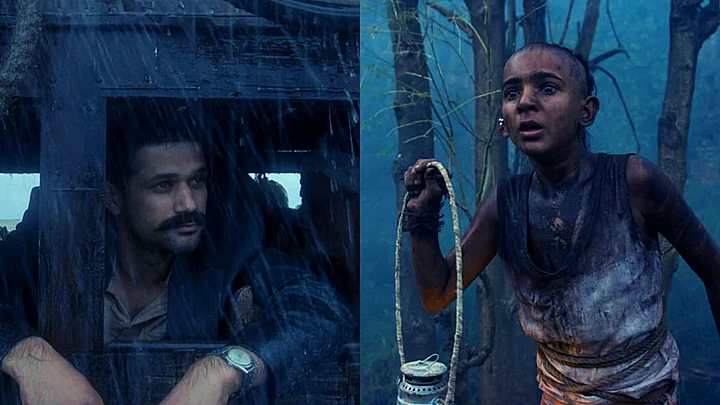“I was half asleep on my bed when I felt someone’s breath on my neck. I froze. I was certain if I opened my eyes…” All of us have heard some version of this horror story around picnic campfires. If you are so inclined to disrupt the collective mood or titillating anxiety with rational rigour, you could follow up with, “So given that you are still here, what happened?” Most likely, the reply will be, “Well isn’t it spooky?”
One of the primal responses to the unknown and the incomprehensible is fear. In forest environments, where our species evolved amid endless predatory threats, approaching what we don’t understand or don’t know with caution or fear is likely to have saved the lives of our ancestors - the ones who didn’t have genes programmed to fear the unknown didn’t survive their predator-infested world to pass on their caution-free genes.
Our brains reward vigilance because it’s the most essential tool in our biological survival kit. A nightmare is an exercise in vigilance - it is our mind preparing us for eventualities that could break us or kill us.
When we tell horror stories, we are essentially sharing notes on things that can kill us, and passing on tricks and tools to survive them. The foolish sidekick or the bully jock is usually the first to die, punished for a lack of curiosity, lack of intellectual humility, or for their greed - whatever moral value the storyteller wants to prioritise for future course correction.
We live in a world where we know infinitely more than our ancestors ever did. We know that facial and bodily distortions are more likely to be the results of non-contagious genetic mutations or accidents than of infections and therefore, people that look out of the ordinary are not different from those around them at all. We know that people could hear voices if they have carbon monoxide poisoning, psychoactive substances, a harmless neurological condition, or schizophrenia.
A modern horror story is more likely to be on these lines: “The man was coughing blood, his flesh was clawing its way out of his body. Whatever it was, it must have been airborne. I approached him with the utmost caution, dressed head to toe in a protective suit and a face shield. Suddenly, a nail tore through the side of my suit, exposing me to the air in the ICU…”
As our science evolved through the last century, our collective fears have shifted focus from the unknown to the known - for it is the horror of the known that we need to mitigate most urgently. We are lesser likely to be killed by a wild predator or a fictitious monster than we are to suffer the horrors of social oppression, economic predation, racial/communal injustice, proxy wars, hate violence, and mass-scale disease.
However, the attention and data processing required for understanding and curing complexity systems are very resource-intensive. Simply put, few can afford the time and the intellect to learn about these systemic problems through procedural documentaries. These problems could be chronic, but most people’s lives are subsumed by daily acute pains that require hourly attention. So, how do we make mitigating the chronic horror of oppression, injustice, and disease top priority? By packaging them in the metaphors of acute primitive fears - this singular trick makes the greatest modern horror films work - the horror of racism in Get Out, the horror of filial dogma in Dogtooth, or just the domestic horror of a toxic divorce in Possession.
In Tumbbad, I wanted to play with multiple metaphors without imposing my reading onto my audiences. There are many easter eggs that I hope are uncovered by audiences with each passing viewing. I will take the liberty of sharing the most visible intended meanings: Tumbbad is an allegory for the horror of patriarchal power centers (Sarkar) run by a toxic mix of consumerism (the foreign goods, produced through labor oppression), greed (the gold, acquired through property theft), and intoxication (the opium). It’s the story of a patriarch claiming his position of authoritarian power lost to his bastard-hood so he can own, control and oppress just like his biological father he once hated (as seen through his relationship with his widowed mistress). To do this, he has to literally steal this power from the cursed monster of toxic greed, abuse and theft accumulated over centuries (Hastar), for which he has to pay the price of turning into a monster himself.
(Anand Gandhi is a filmmaker, he was the writer, creative director and executive producer of Tumbbad. This is an opinion piece. The views expressed above are the author’s own. The Quint neither endorses nor is responsible for them.)
(At The Quint, we question everything. Play an active role in shaping our journalism by becoming a member today.)
